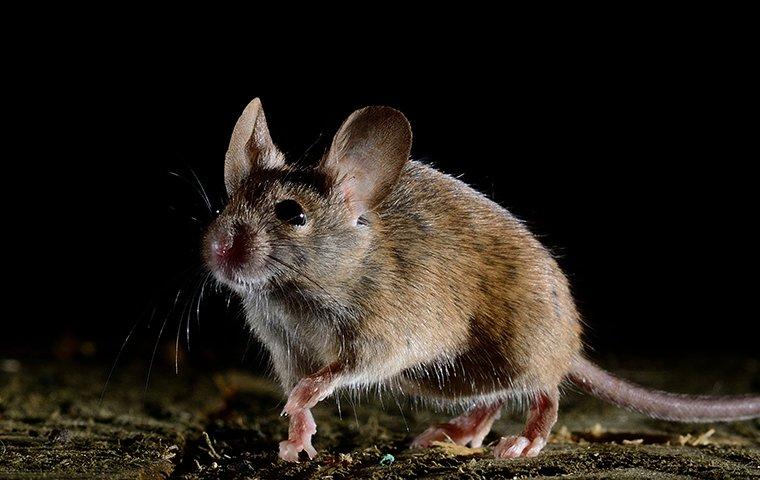Mice are notorious for getting into walls. They have strong teeth that are able to chew through wood, sheetrock, paneling, and other building materials. If you're hearing noises in your walls, they could definitely be from mice. But they could also be from some other animal. Rats commonly get into wall voids just like mice do. Bats can get down into your voids when they find a gap behind your chimney stack or opening in your roofline. Squirrels might accidentally get down into your walls, or at least sound like they're in your walls. So, how can you tell if it's a mouse in there? Here are a few tips to help you solve the mystery.
Day Or Night
Some animals are active during the day. Some are active during the night. Mice are nocturnal by nature and most likely to be active a night. If you work a day job, you'll be hearing mice as you're going to sleep or as you're waking up in the morning. Squirrels are active during the day. If you hear noises during the day, it is likely to be a squirrel.
Big Noise Or Small Noise
A little mouse isn't going to be as loud as a rat or a bunch of bats. The amount of scratching and bumping you hear can give you some indication as to which pest is hiding inside your wall. But this isn't a great way to figure out what's in there.
Other Signs Of Mouse Activity
The best way to tell whether or not mice are living in your walls is to look for unique signs of mouse activity.
-
Mice leave tiny black droppings in many hidden places, such as your attic voids, behind objects in your storage rooms, the backs of shelves, the backs of kitchen drawers, and behind objects in the cabinets under your sinks. Rats can do this as well. You can tell mouse droppings from rat droppings by their size. A mouse leaves droppings that are about ¼ of an inch long. They look like dark pieces of rice. Rat droppings tend to be a little larger than ½ inch.
-
Mice create holes. If you find a hole in wood, upholstery, or the weatherstripping and door sweeps on your exterior doors, you might be able to tell whether or not you have a mouse problem. A mouse can squeeze through a hole about the size of a dime. A rat needs a hole that is around the size of a quarter.
-
If you go up into your attic and shine a light into gaps, crevices, and insulation, you might find little mouse nests. Mice like to live in attics because there is an abundance of materials for building nests. But they can also create nests in the wall voids of your pantry or kitchen. Keep this in mind if you don't find any nests in the attic.
What To Do About A Mouse Infestation
If you discover evidence of mice inside your Brentwood home, you should know that mice can be very difficult to remove from your walls. It takes experience and education to track and monitor mice and to apply traps to effectively collect and remove them. If you live in Brentwood, reach out to All-American Pest Control for assistance. Our service team is one of the best in the industry. We draw from over 60 years of experience in pest control. We know how to find rodents and get them out of your Brentwood home. Contact us today and tell us about your rodent problem. We can help.
 1426 Reviews
1426 Reviews


